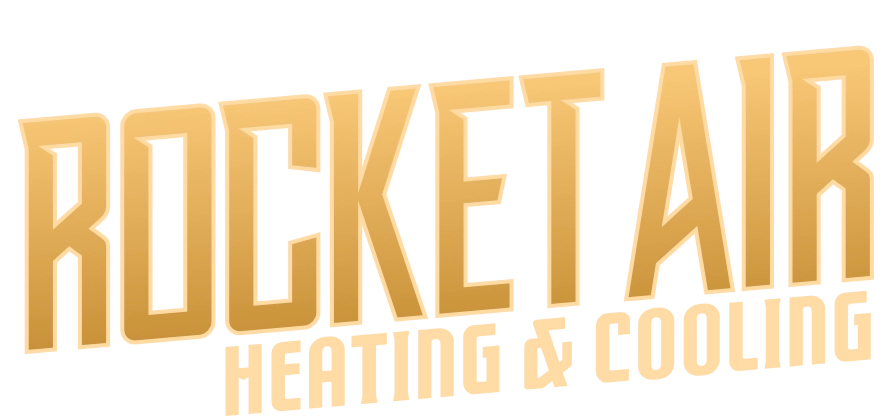If you’ve ever had a heat pump that just won’t heat in the winter or cool in the summer, the heat pump reversing valve could be the culprit. This small but mighty part is what allows your system to switch between heating and cooling. When it goes bad, comfort in your home takes a hit fast.
As someone who works on heat pumps daily, I can tell you that this is one of the most common issues I see. The good news? With a little knowledge, you can spot the signs early and avoid a total breakdown.
What Does a Heat Pump Reversing Valve Do?
A heat pump reversing valve controls the flow of refrigerant, changing the system from heating to cooling mode. Think of it like a traffic cop for refrigerant, directing it where it needs to go. Without it, your heat pump would only work one way.
Here’s a quick way to picture it: in summer, it pushes heat out of your home. In winter, it pulls heat in. Yes, even cold outdoor air has heat energy in it — pretty neat when you think about it.
Common Signs the Heat Pump Reversing Valve Is Bad
System Stuck in One Mode
One of the clearest red flags is when your system refuses to switch modes. If you’re blasting the thermostat to cool but only getting warm air, the heat pump reversing valve could be stuck.
Weak Heating or Cooling Performance
Even if your system runs, poor output can signal valve trouble. You may notice lukewarm air, uneven comfort, or a system that never reaches the set temperature. (It’s like when your car’s AC only works if you’re going downhill — not exactly reliable.)
Higher Energy Bills
Because the valve can get stuck partially open or closed, your unit runs longer than it should. More runtime means higher energy bills without better comfort. According to the U.S. Department of Energy, efficiency is everything with heat pumps, so a faulty valve really hurts.
Frost or Ice on the Unit
Sometimes a failing reversing valve affects the defrost cycle. If you notice frost sticking around too long or ice buildup on the outdoor unit, don’t ignore it.
How Technicians Diagnose the Issue
At Rocket Air Heating & Cooling, we use pressure readings, electrical checks, and system performance tests to confirm a reversing valve problem. With years of experience, though, our technicians often notice the signs of a bad valve even before the gauges go on.
But here’s the catch — the heat pump reversing valve isn’t a DIY repair. It involves refrigerant, brazing, and precise handling. Trying it yourself could void warranties or cause leaks. Instead, schedule professional heat pump repair with Rocket Air.
Repair or Replace the Valve?
Heat Pump Reversing Valve Repair
Sometimes a technician can fix issues like electrical problems related to the solenoid. That’s the small coil on the valve that controls switching. If the solenoid is the only issue, repair can be simple and cost-effective.
Full Valve Replacement
If the reversing valve itself is stuck or leaking internally, valve replacement is the only option. This is a more involved repair since it requires opening the refrigerant circuit and handling the refrigerant carefully. But when done right by a professional, your system will run like new again.
For seasonal context, many homeowners discover this issue when they first switch their system over — like going from cooling to heating in fall. If your unit struggles at that time, it’s worth getting checked before the cold really hits. (Trust me, nobody wants to wait for parts when it’s cold.)
Can You Prevent Valve Issues?
While you can’t stop mechanical wear completely, regular maintenance makes a difference. Keeping refrigerant charge correct, filters clean, and coils in good shape helps reduce stress on the heat pump reversing valve.
Scheduling yearly maintenance, especially in spring or fall, is one of the best ways to catch problems before they turn into emergencies. For a practical guide, see Energy Star’s maintenance checklist.
When to Call Rocket Air Heating & Cooling
If your heat pump gets stuck in one mode, blows weak air, or drives up your bills, don’t wait. A faulty heat pump reversing valve causes these issues, and it won’t fix itself.
At Rocket Air Heating & Cooling, we handle these repairs all the time. We’ll diagnose the issue, explain your options, and get your comfort back fast.
Final Thoughts on the Heat Pump Reversing Valve
A faulty heat pump reversing valve is more common than many homeowners realize. The signs are usually clear — stuck modes, weak performance, rising bills, or frost on the unit. Catching these issues early means easier fixes and less stress.
Rocket Air Heating & Cooling is here to help, whether you’re in Modesto or one of the surrounding areas. Contact us today to schedule service and keep your home comfortable year-round.
Read Next: What Is CFM? Understanding Airflow in HVAC Systems


